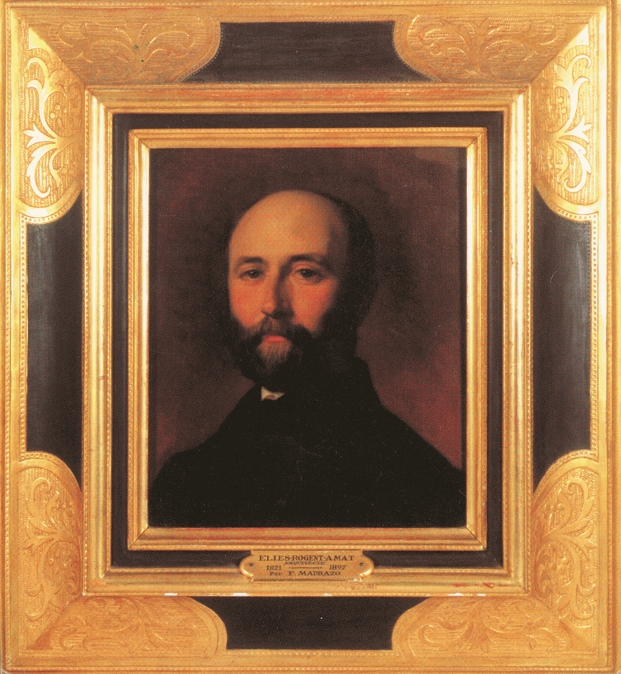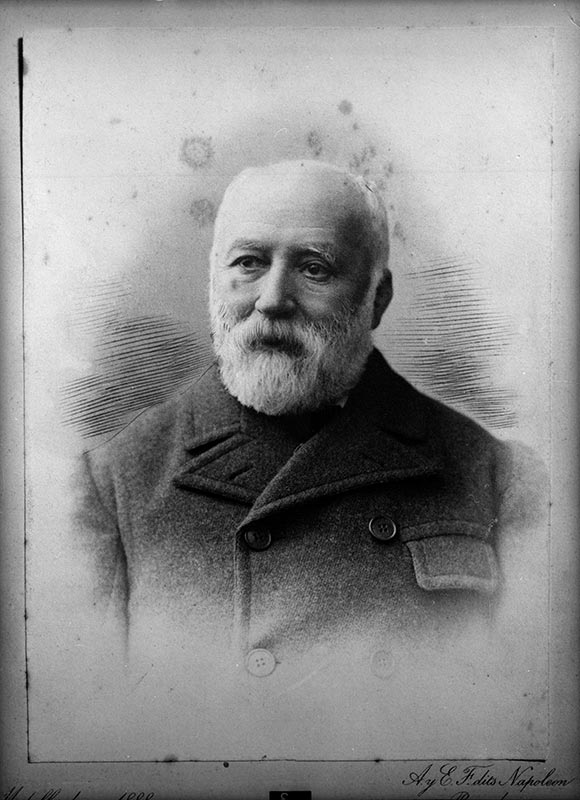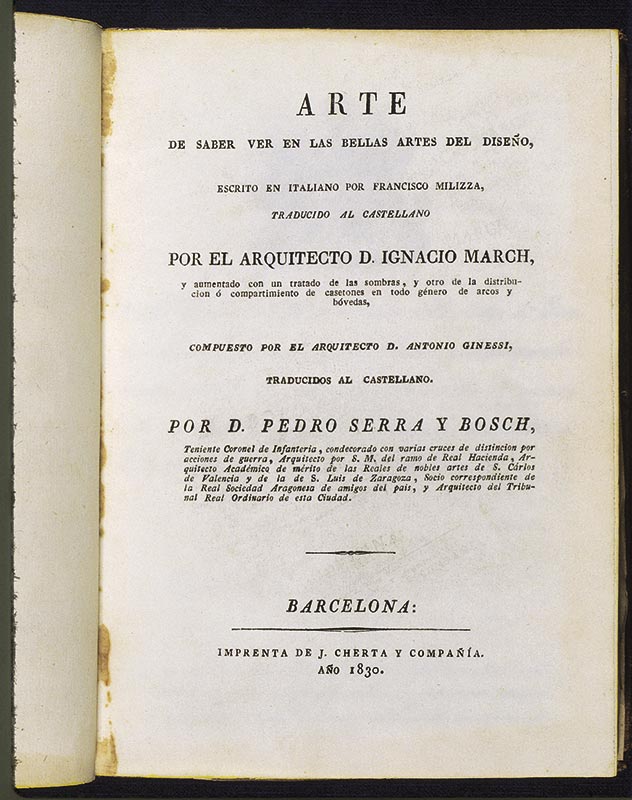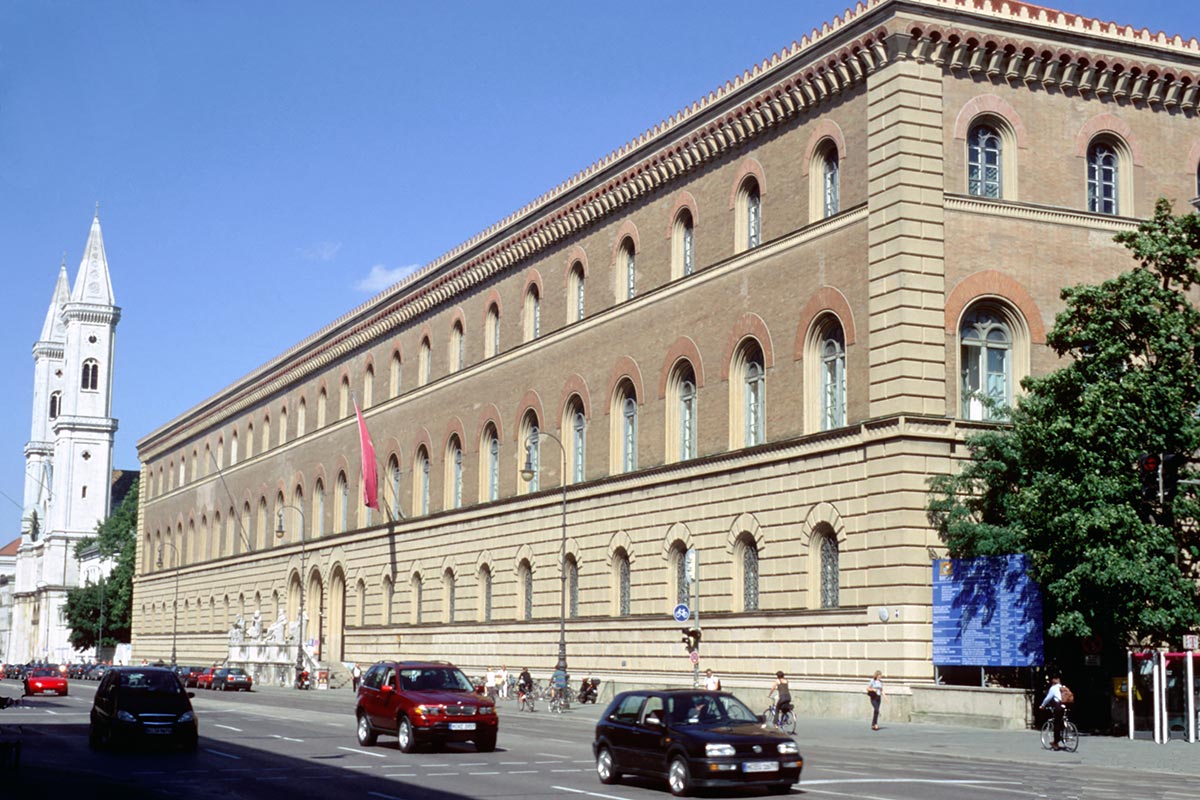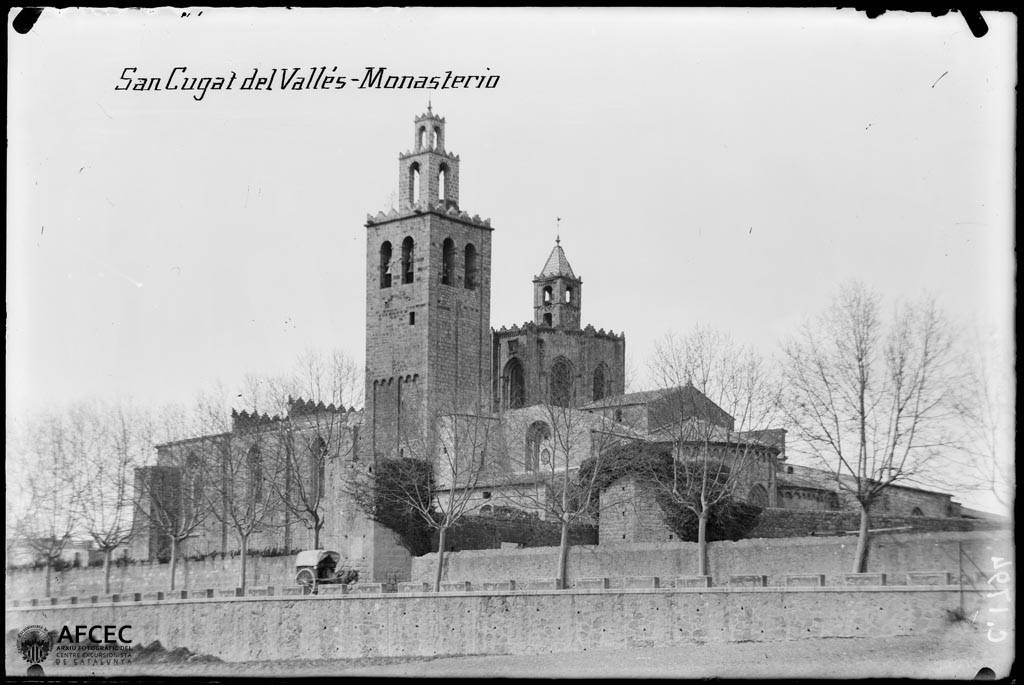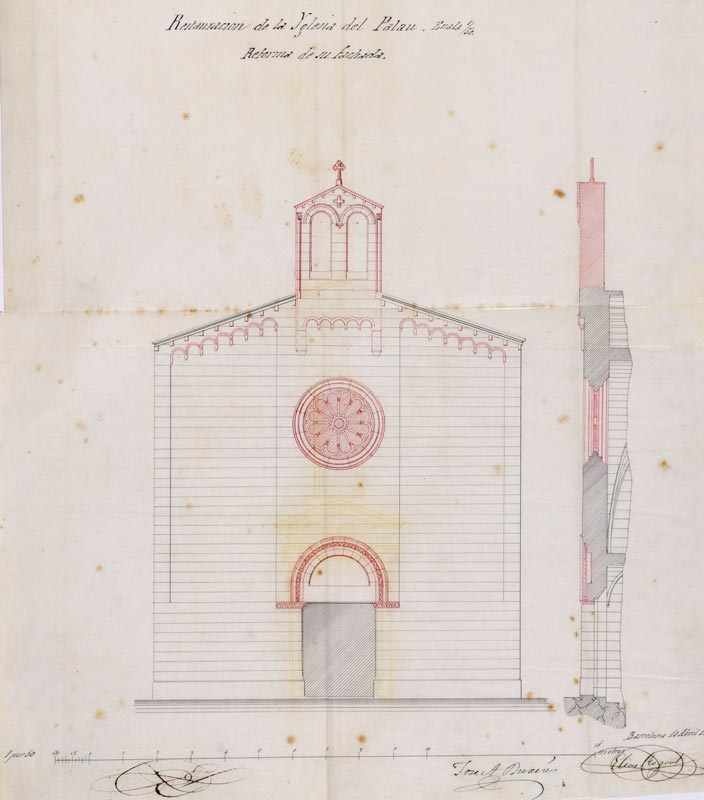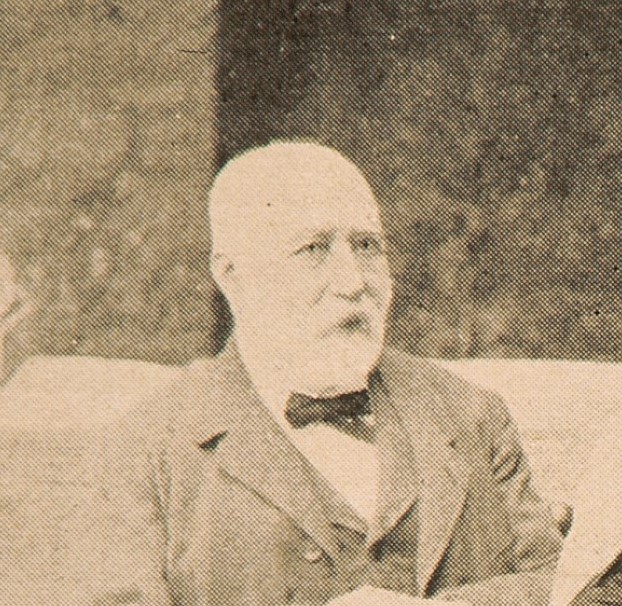
Elias Rogent, a prolific figure
Elias Rogent (1821-1897) was the first important architect of the first Romantic period. He was a teacher, theorist, restorer, historian and, above all, an architect. A similar diversity can also be clearly seen in Elias Rogent's intensive and varied activity as an architect. Among his works, we find projects of very different types and clients from a very wide sociological range. We find buildings with great architectural and urban impact, such as the University of Barcelona building, and more modest ones.
More information
The result of this is a body of work which, although it shares certain features resulting from his thought, shows a diversification corresponding to the particular idiosyncrasies of each building, which, according to Rogent, it is necessary to “express” using the tools offered by architecture.
Born in 1821 into a family of builders' merchants, Rogent was oriented towards following an apprenticeship in architecture, for which he felt a particular interest from an early age, although he was also following his father's wishes.
Greatly influenced by the eighteenth-century Italian theorist Francesco Milizia, Rogent's architecture shows simple lines, far removed from stridency and excess, with a firm, solid and often massive appearance. A rigorous architecture.
Above all, it is architecture intended to be “expressive”; that is, an architecture providing responses to the physical, utilitarian and symbolic needs of people; an architecture that has content to express; an architecture providing answers for the society of the time.
With this in mind, Rogent's is an eclectic architecture, seeking the best solutions in the forms of the past through the simultaneous use of elements corresponding to different historical styles.
In many of his works, but particularly in his public buildings, Rogent faithfully adopted the features defining the so-called Rundbogenstil (“rounded arch style”), a manifestation very characteristic of German Romantic architecture which he was able to discover and admire during a trip to Germany in 1855 and, later, in 1869 on a visit to other European countries.
In some public buildings, such as the University, and in many religious ones, these Rundbogenstil features appear alongside other markedly Neo-Romanesque and Neo-Gothic elements. In fact, although the round arches are undoubtedly the result of German Rundbogenstil influence, we must not forget that this style sprang from the sources of Italian medieval architecture and the first Renaissance. For this reason, Elias Rogent's works are very often associated with medieval architecture, particularly Catalan medieval architecture, of which he was a great connoisseur. We should remember that one of Rogent's professional facets was as a restorer of architectural heritage; in this capacity, he worked on projects including the restoration of the monasteries of Sant Cugat del Vallès and Santa Maria de Ripoll, as well as the restoration of the façade of the Palace Chapel at number 4, Carrer Ataülf, Barcelona. Despite this, in Rogent's neo-medievalism, as in the neo-medievalism of the Jocs Florals – a literary competition restored in 1859 – we should also identify a rediscovery of the authenticity of Catalonia and of the Catalans' identity as a people, which had been declining since the Renaissance.
This architectural style was very much in line with his thought: admiration for the medieval past, rigour, religious convictions and conservatism.
The defining features of this Germanic style, and, in relation to it, the need to use an eclectic architecture, meant that Rogent's architecture played a fundamental role in the birth of the Modernist style at the end of the nineteenth century and beginning of the twentieth.

